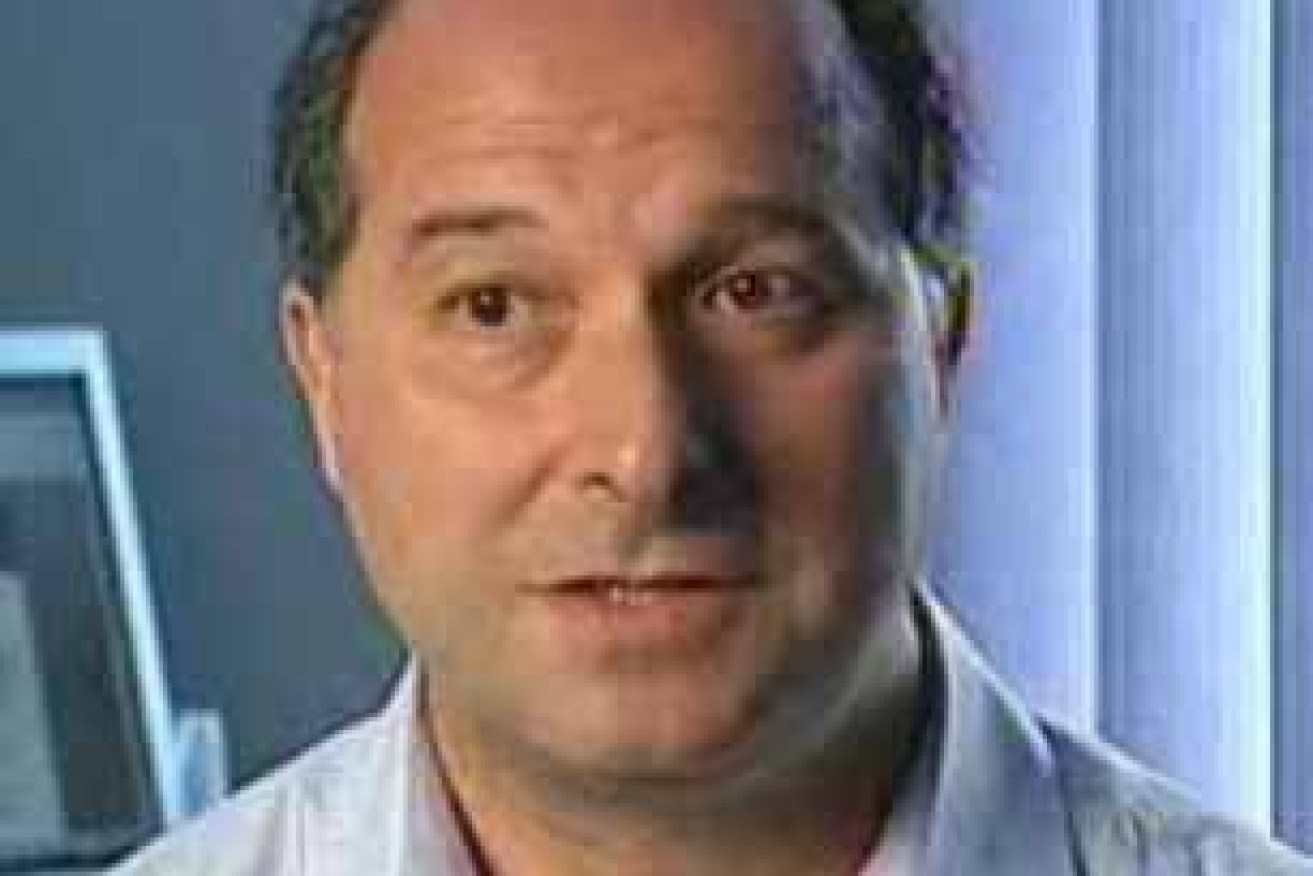‘Drug addicts need recovery, not jail’: expert


A leading figure in drug and alcohol awareness says convicted drug addicts should be directed into treatment and recovery, instead of being piled into jails.
The comments come after Prime Minister Tony Abbott launched a National Ice Taskforce last Wednesday, which will develop a national ice action strategy to tackle the growing and deadly epidemic, with an interim report to be delivered to the PM by the middle of the year.
Mr Abbott condemned methamphetamine, or ice, as “far more addictive” and “more dangerous” than any other illicit drug, saying about 200,000 Australians were using ice, and of those about 50,000 used it weekly.
But Victorian Alcohol and Drug Association executive officer Sam Biondo told The New Daily that the taskforce must channel funding into recovery and treatment – rather than sending drug users and dealers to prison and racking up “huge costs”.
• Former ice addict backs fight against ‘mind-eater’
• ‘Evil and pernicious’: PM announces ice taskforce
• Navy in the spotlight after spate of suicides at base
Mr Biondo referred to a drug court based in Dandenong in Melbourne’s south east that helped to do this, and urged more of these courts to be replicated across the country.

Sam Biondo said the taskforce must channel funding into recovery and treatment. Photo: Facebook
Instead, prisons were being clogged up with drug users at the taxpayer’s cost, he said.
“Much of the emphasis has been placed by the authorities by managing and policing the supply of methamphetamine,” Mr Biondo said.
“It’s (ice) a very complex substance with a whole range of repercussions across the community.
“We need to focus so much more on harm reduction, treatment and keeping people alive.”
Last week, former Victorian Police Chief Commissioner Ken Lay, who will lead the taskforce, agreed that a law enforcement approach “is not the answer” to combatting the ice crisis.
“Options in both the health and education space need to be examined,” Mr Lay said.
Mr Biondo said it was also critical to put funding into educating first responders – police, paramedics and hospital emergency department staff – on how to direct ice users into treatment.
“We need to work out we have in place that’s accessible 24 hours, at what capacity is that available across Victoria and other states, and how can we house people with these complex problems as a result from substance abuse,” he said.
Taskforce to ‘focus on rural and regional Australia’
Federal health ministers last Wednesday promised the National Ice Taskforce would prioritise rural and regional Australia in tackling the ice epidemic, however research shows that the drug has been seeping into these communities for up to a decade.

Health Minister Sussan Ley said the taskforce would pay attention to the problem in regional areas. Photo: AAP
Reports show the drug ice has already taken hold of many rural and regional towns across the nation, finding its way into the hands of children, adults, the indigenous community and depressed farmers struggling on the land.
Health Minister Sussan Ley and Assistant Health Minister Fiona Nash said last Wednesday the taskforce would pay special attention to the “problem in country Australia”.
“The unfortunate situation we find ourselves in with ice in so many rural and regional communities will be made very clear to this taskforce,” Ms Ley said.
However major regional cities across Australia have already started fighting the ice scourge through community-run programs.
Ice-riddled regional town Mildura, in Victoria’s far north-west, was praised in a state parliamentary inquiry into methamphetamine for an initiative called ‘Project Ice Mildura’.
The project is a multi-agency anti-ice campaign aimed at educating the community about ice. Its second phase will focus on treatment.
Reports also revealed the importation and infiltration of ice into Mildura was instigated by Outlaw Motorcycle Gangs (OMCG) back in about 2010, with members of one particular group recently facing drugs and trafficking charges in court.
The taskforce will be headed by Mr Lay, who said ice has been on the scene for more than a decade.
But it wasn’t until last Thursday that Ms Nash said the recent Australian Crime Commission report – which identified the critical response needed in tackling ice – “confirmed my suspicion that ice dealers and organised crime gangs are targeting rural and regional Australia”.
“Through my travels around rural and regional Australia, people have repeatedly said that the drug ice is causing serious damage,” Ms Nash said.
“Rest assured there will be regional consultations (during research of the National Ice Taskforce).”








